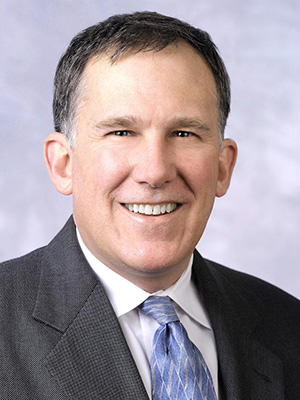
Editor’s note: Commentary from PNC chief economist Gus Faucher on Friday morning’s jobs report.
In the first half of 2018, job growth has averaged almost 215,000 per month, well above last year’s pace of 182,000. The unemployment rose to 4.0 percent in June from 3.8 percent in May, but for a good reason. Tight labor market is leading businesses to raise pay to retain their current workers and attract new ones. Job growth is well above what is needed to keep up with new labor force entrants. The major downside risk is trade.
U.S. employment increased by a strong 213,000 in June, somewhat above the consensus estimate of 195,000. Job growth in April and May was revised higher by a combined 27,000. In the first half of 2018, job growth has averaged almost 215,000 per month, well above last year’s pace of 182,000.
The unemployment rose to 4.0 percent in June from 3.8 percent in May, but for a good reason. More than 600,000 people entered the labor force in June to look for work, encouraged by the strong labor market. At the same time the number of people in the household survey (different from the survey of employers) with jobs rose by just over 100,000. This was the first increase in the unemployment rate since January 2017, but it does not signal problems in the U.S. economy.
Average hourly earnings rose 0.2 percent in June, after a 0.3 percent increase in May. The average wage was up 2.7 percent in June from one year earlier, unchanged from the May pace. The tight labor market is leading businesses to raise pay to retain their current workers and attract new ones, and wage growth will strengthen through the rest of this year and into 2018.
Most industries added jobs in June. Goods-producing industries added 53,000 jobs over the month, while private service industries added 149,000. Government employment rose by 11,000. One weak spot was retail trade, where jobs fell 22,000 over the month; many came from the nationwide closure of Toys R Us.
The U.S. labor market is in excellent shape in mid-2018. Job growth is well above what is needed to keep up with new labor force entrants, and strong demand for workers and limited supply will continue to put upward pressure on wages. The unemployment rate rose in June, but will fall through the rest of the year, ending 2018 at around 3.5 percent.
The major downside risk is trade. Right now the tariffs imposed by the United States, and the retaliation from its trading partners, are limited and will have minimal impact on U.S. and global economic growth and the U.S. job market. But if the U.S. and other nations enter into a full-fledged trade war with tit for tat responses, global economic growth could slow dramatically and weigh on the U.S. economy, leading to much weaker job growth by the end of the year. Already some U.S. businesses have turned more cautious because of the trade outlook.
Despite the uncertainty from trade, the June jobs report supports an increase in the fed funds rate at the Federal Open Market Committee’s September meeting. The FOMC wants to gradually increase interest rates so that the job market gradually eases and wage pressures do not push inflation consistently above the committee’s 2 percent goal.




















Add Comment